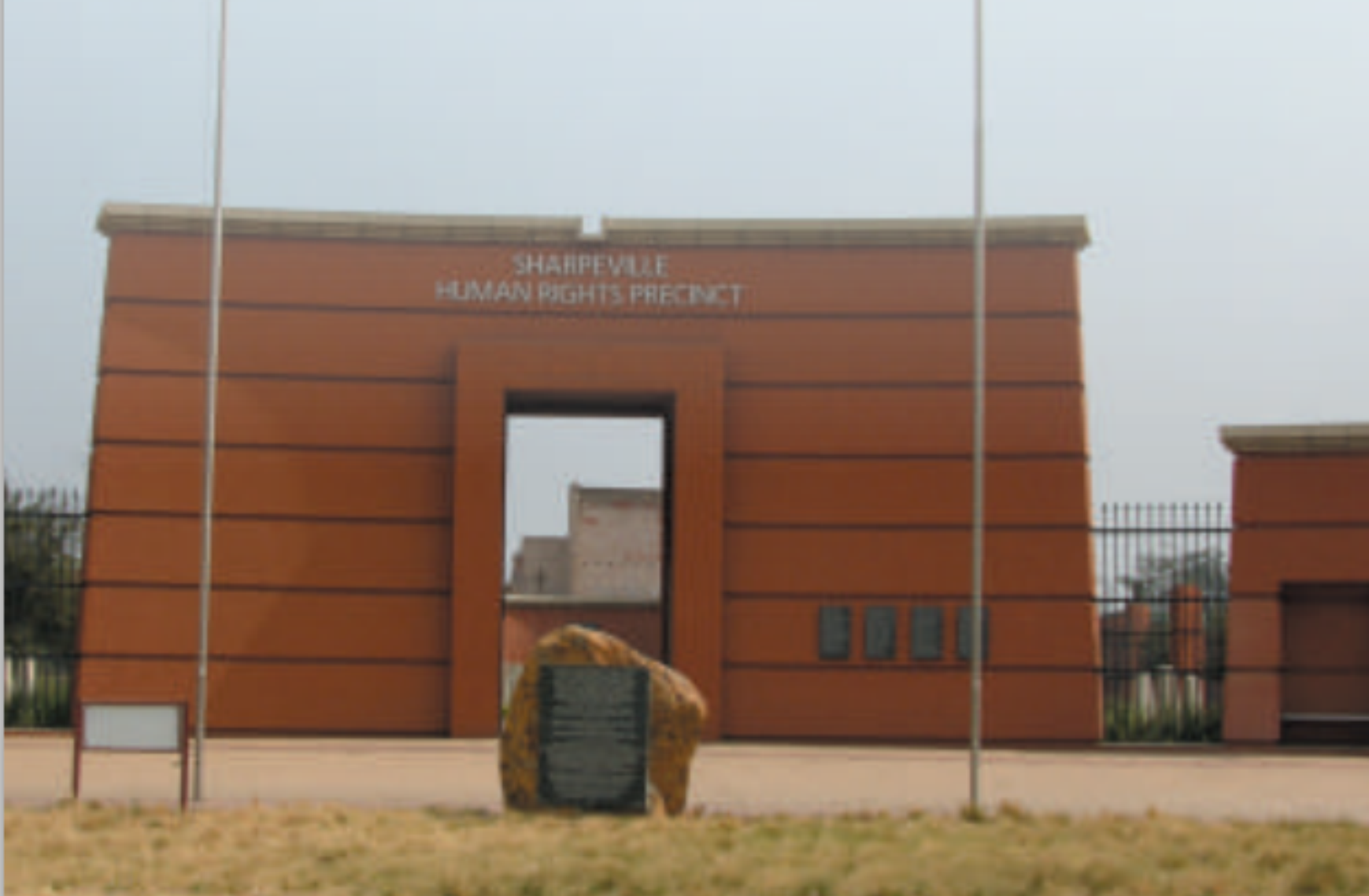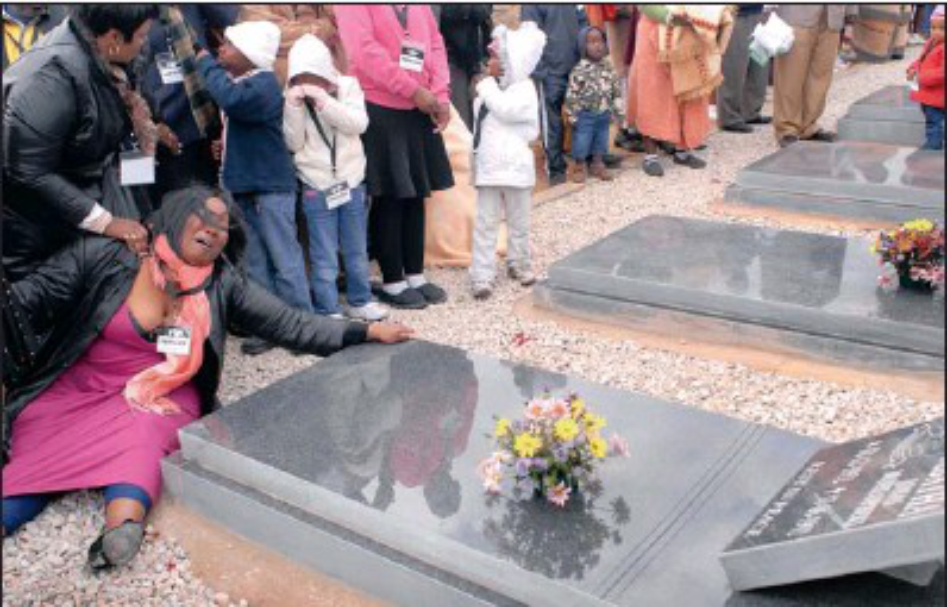
The Gateway to Independence
– Anglo Boer War
The Anglo-Boer War of 1899-1902 left a bitter taste for the Afrikaner Nation. By 1902 the Transvaal and Orange Free State Republics were almost entirely under enemy occupation and the Boers were outnumbered six to one by the British military. The Boers had no other choice but to surrender. The war began in October 1899 and the British were convinced that the war would be concluded by Christmas that same year. Although the world's greatest imperial power outnumbered the Boers, in fighters and in weaponry, they required nearly three years to defeat the tough nation of fewer than half a million. The Anglo-Boer War can be seen as a military campaign against civilians.
By the end of the war 448,000 imperial and colonial troops fought in the Anglo-Boer War, 22,000 of which died (14,000 of these died from illnesses). 87,360 troops fought for the Boers, 7,000 of which died and almost 27,000 died in the Concentration Camps. A fact not well known is that almost 20,000 Blacks died in the Concentration camps too (the official British figures state 14,145 deaths, but the latest research shows that the numbers are more in the region of 20,000).
After the war the state of the two Boer Republics was in a turmoil, especially in the Orange Free State. Outside of the largest towns there was hardly a building left, about a tenth of their livestock remained and in most areas no crops had been sown in nearly two years. Many returning soldiers were met with shock as their farms had been destroyed. This was a nation on their knees. Herman Charles Bosman wrote after the war, “ … My home was burnt down. My lands were laid waste. My cattle and sheep were slaughtered… My wife had gone into the Concentration camp with our two children, and she came out alone. And when I saw her again, and noticed the way she had changed, I knew
that I, who had been all the way through the fighting, had not seen the Boer War.”
Although the Boer nation lost their freedom to the British, they never gave up their fight for “Afrikanerdom” and quickly picked up the pieces of their lives after the war. A truly great feat for any nation to achieve.

The Gateway to Human Rights
– Sharpeville
In 1912, it became clear that some sort of more Permanent Township will have to be made available for the ever growing African population and the Vereeniging Town Council declared a new location and called it Top Location. Top Location was situated where the Vaal Teknorama Museum currently sits.
In 1937, the population of Top Location reached around 10 000, serviced by 807 stands. A commission of Enquiry in that year found that an average of 12 people lived per stand, although, in some nstances, 20 people lived on a single site. By 1937, for example, the Commission reported that the Location was increasingly being fenced in on all sides by the expansion of Vereeniging's industrial land. Top Location, therefore, became prime industrial real estate, and the Town council was committed to effecting the removal of the location to get access to the land.
Sharpeville was intended to be a “model Location”, and the Council would, for years after its construction, boast about its orderliness. In 1943, the Vereeniging Town Council began to assist people to move into the newly built township of Sharpeville which was roughly two kilometres from the Council. In total, the Council built 3800 houses in a set of neat row.
On the morning of 21 March, PAC members walked around Sharpeville waking people up and urging them to take part in the demonstration. Other PAC members tried to stop bus drivers from going on duty and this resulted in a lack transport for Sharpeville residents who worked in Vereeniging. Many people set out for work on bicycles or on foot, but some were intimidated by PAC members who threatened to burn their passes or "lay hands on them" if they went to work (Reverend Ambrose Reeves, 1966). However, many people joined the procession quite willingly.
Early on the 21st the local PAC leaders first gathered in a field not far from the Sharpeville police station, when a sizable crowd of people had joined them they proceeded to the police station - chanting freedom songs and calling out the campaign slogans "Izwe lethu" (Our land); "Awaphele amapasti" (Down with passes); "Sobukwe Sikhokhele" (Lead us Sobukwe); "Forward to Independence,Tomorrow the United States of Africa."
When the marchers reached Sharpeville's police station a heavy contingent of policemen were lined up outside, many on top of British-made Saracen armored cars. Mr. Tsolo and other members of the PAC Branch Executive continued to advance - in conformity with the novel PAC motto of "Leaders in Front" - and asked the White policeman in command to let them through so that they could surrender themselves for refusing to carry passes. Initially the police commander refused but much later, approximately 11h00, they were let through; the chanting of freedom songs continued and the slogans were repeated with even greater volume. Journalists who rushed there from other areas, after receiving word that the campaign was a runaway success confirmed "that for all their singing and shouting the crowd's mood was more festive than belligerent" (David M. Sibeko, 1976).
By mid-day approximately 300 armed policemen faced a crowd of approximately 5000 people. At 13h15 a small scuffle began near the entrance of the police station. A policeman was accidently pushed over and the crowd began to move forward to see what was happening.
On the morning of 21 March Robert Sobukwe left his house in Mofolo, a suburb of Soweto, and began walking to the Orlando police station. Along the way small groups of people joined him. In Pretoria a small group of six people presented themselves at the Hercules police station. In addition other small groups of PAC activists presented themselves at police stations in Durban and East London. However, the police simply took down the protesters names and did not arrest anyone.
When the news of the Sharpeville Massacre reached Cape Town a group of between 1000 to 5000 protestors gathered at the Langa Flats bus terminus around 17h00 on 21 March 1960. This was in direct defiance of the government's country-wide ban on public meetings and gatherings of more than ten persons. The police ordered the crowd to disperse within 3 minutes. When protesters reconvened in defiance, the police charged at them with batons, tear gas and guns. Three people were killed and 26 others were injured. Langa Township was gripped by tension and in the turmoil that ensued, In the violence that followed an employee of the Cape Times newspaper Richard Lombard was killed by the rioting crowd.

The Gateway to Democracy
– Evaton, Sebokeng, Boipatong
Evaton: Evaton is situated north of Sebokeng. It's close to Vanderbijlpark. It was established in 1904 and was one of the few remaining townships in which residents still enjoyed land tenure or property rights before freehold property rights were formerly restored to Africans. Evaton was originally a freehold township and, although most owners were forced to sell their properties when government policy opposed freehold in the townships.
Like other townships in the Vaal, Evaton was affected by the violence was targeted at lifting of the state of emergency and withdrawal of the army in the township. The church played a critical role in negotiation with officials ending the rents boycotts and issues that were pressing the community like detainees in jail as a result of this violence.
Sebokeng: Sebokeng, which literally means"gathering place" in Sesotho, was established by the then apartheid government in 1965, due to industrialisation. 18,772 houses were erected. In September 1984 there were violent clashes between the South African security forces and the residents of Sebokeng, who were boycotting rent and service tariffs.
The township is divided into a number of zones ranging from Zone 1 to Zone 21. After South Africa's democratic elections in 1994, the number of middle class black South Africans or 'black diamonds' in this township has risen dramatically, with Zones such as Zone 6, 10 and 14 consisting of the largest number of black middle-class citizens and homes with a higher property value than traditional Apartheid 'matchbox houses' (four-roomed houses erected during the township's establishment).
Boipatong: Boipatong is a township near Vanderbijlpark, Gauteng, South Africa. It was established in 1955 to house black residents who worked in Vanderbijlpark and Vereeniging. Boipatong means "the place of hiding" in the SeSotho language. Boipatong's expansion is in tandem with the growth of Afrikaner Nationalism and the South African discrimination policy called Apartheid.





